Publications
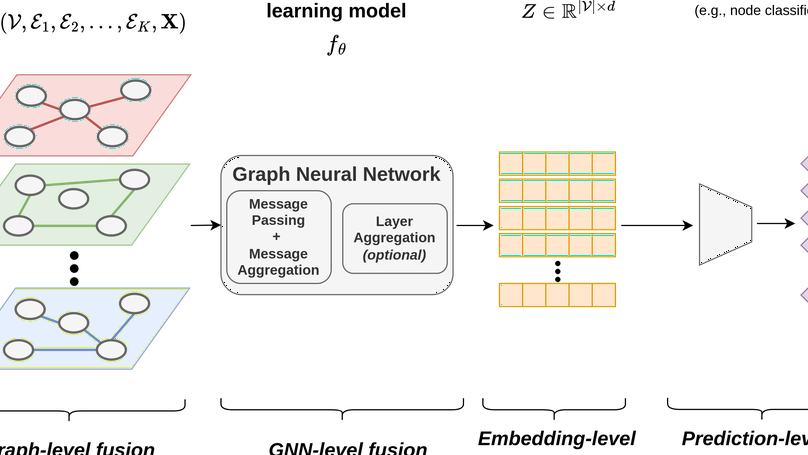
In recent years, unsupervised and self-supervised graph representation learning has gained popularity in the research community. However, most proposed methods are focused on homogeneous networks, whereas real-world graphs often contain multiple node and edge types. Multiplex graphs, a special type of heterogeneous graphs, possess richer information, provide better modeling capabilities and integrate more detailed data from potentially different sources. The diverse edge types in multiplex graphs provide more context and insights into the underlying processes of representation learning. In this paper, we tackle the problem of learning representations for nodes in multiplex networks in an unsupervised or self-supervised manner. To that end, we explore diverse information fusion schemes performed at different levels of the graph processing pipeline. The detailed analysis and experimental evaluation of various scenarios inspired us to propose improvements in how to construct GNN architectures that deal with multiplex graphs.
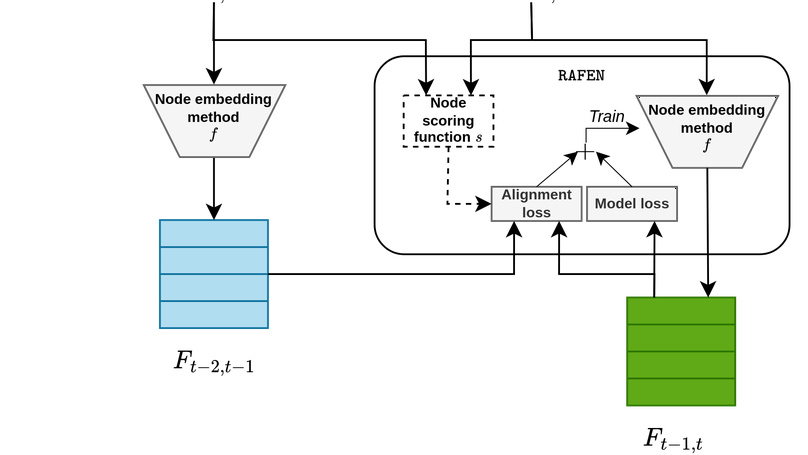
Learning representations of nodes has been a crucial area of the graph machine learning research area. A well-defined node embedding model should reflect both node features and the graph structure in the final embedding. In the case of dynamic graphs, this problem becomes even more complex as both features and structure may change over time. The embeddings of particular nodes should remain comparable during the evolution of the graph, what can be achieved by applying an alignment procedure. This step was often applied in existing works after the node embedding was already computed. In this paper, we introduce a framework – RAFEN – that allows to enrich any existing node embedding method using the aforementioned alignment term and learning aligned node embedding during training time. We propose several variants of our framework and demonstrate its performance on six real-world datasets. RAFEN achieves on-par or better performance than existing approaches without requiring additional processing steps.
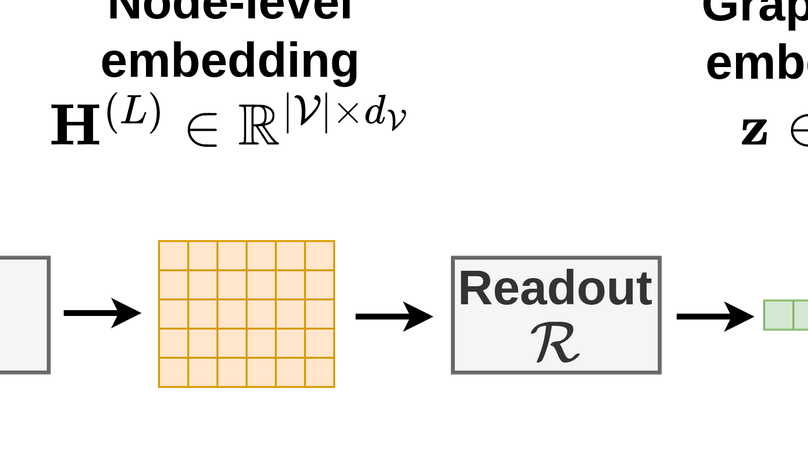
Graph machine learning models have been successfully deployed in a variety of application areas. One of the most prominent types of models - Graph Neural Networks (GNNs) - provides an elegant way of extracting expressive node-level representation vectors, which can be used to solve node-related problems, such as classifying users in a social network. However, many tasks require representations at the level of the whole graph, e.g., molecular applications. In order to convert node-level representations into a graph-level vector, a so-called readout function must be applied. In this work, we study existing readout methods, including simple non-trainable ones, as well as complex, parametrized models. We introduce a concept of ensemble-based readout functions that combine either representations or predictions. Our experiments show that such ensembles allow for better performance than simple single readouts or similar performance as the complex, parametrized ones, but at a fraction of the model complexity.
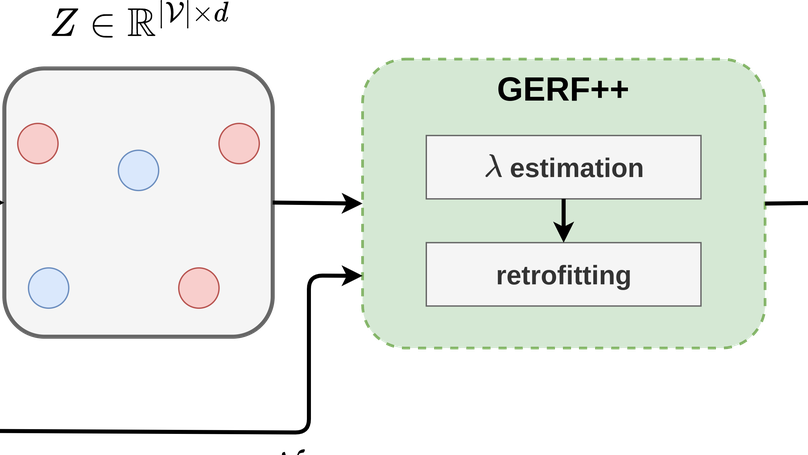
Representation learning for graphs has attracted increasing attention in recent years. In particular, this work is focused on a new problem in this realm which is learning attributed graph embeddings. The setting considers how to update existing node representations from structural graph embedding methods when some additional node attributes are given. Recently, Graph Embedding RetroFitting (GERF) was proposed to this end – a method that delivers a compound node embedding that follows both the graph structure and attribute space similarity. It uses existing structural node embeddings and retrofits them according to the neighborhood defined by the node attributes space (by optimizing the invariance loss and the attribute neighbor loss). In order to refine GERF method, we aim to include the simplification of the objective function and provide an algorithm for automatic hyperparameter estimation, whereas the experimental scenario is extended by a more robust hyperparameter search for all considered methods and a link prediction problem for evaluation of node embeddings.
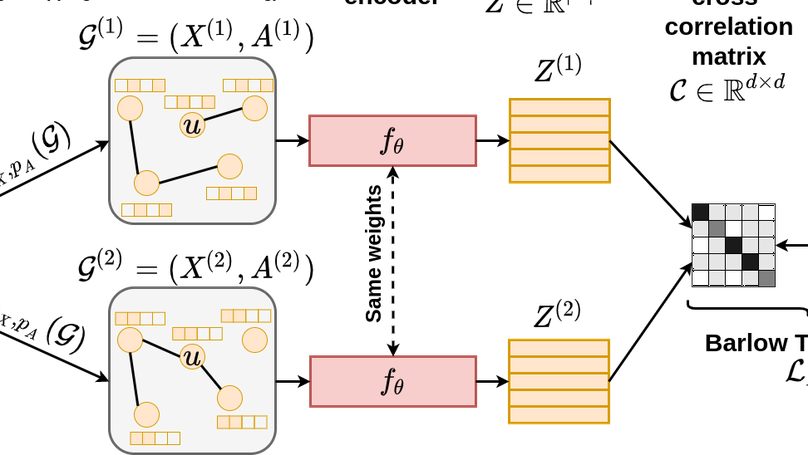
The self-supervised learning (SSL) paradigm is an essential exploration area, which tries to eliminate the need for expensive data labeling. Despite the great success of SSL methods in computer vision and natural language processing, most of them employ contrastive learning objectives that require negative samples, which are hard to define. This becomes even more challenging in the case of graphs and is a bottleneck for achieving robust representations. To overcome such limitations, we propose a framework for self-supervised graph representation learning – Graph Barlow Twins, which utilizes a cross-correlation-based loss function instead of negative samples. Moreover, it does not rely on non-symmetric neural network architectures – in contrast to state-of-the-art self-supervised graph representation learning method BGRL. We show that our method achieves as competitive results as the best self-supervised methods and fully supervised ones while requiring fewer hyperparameters and substantially shorter computation time (ca. 30 times faster than BGRL).
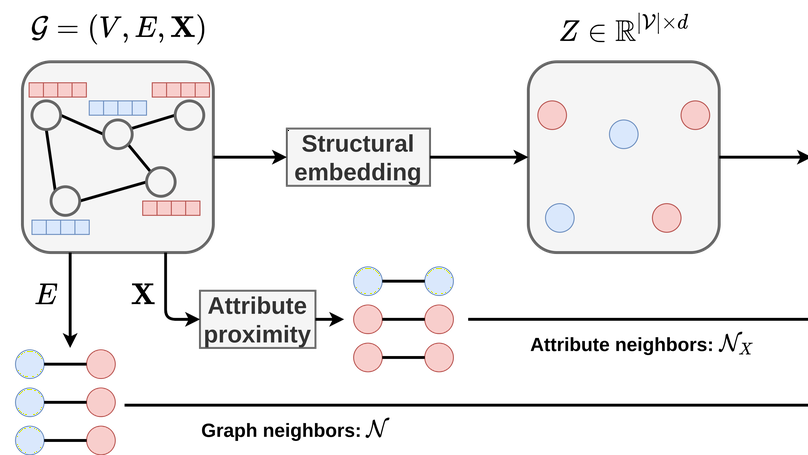
Representation learning for graphs has attracted increasing attention in recent years. In this paper, we define and study a new problem of learning attributed graph embeddings. Our setting considers how to update existing node representations from structural graph embedding methods when some additional node attributes are given. To this end, we propose Graph Embedding RetroFitting (GERF), a method that delivers a compound node embedding that follows both the graph structure and attribute space similarity. Unlike other attributed graph embedding methods, GERF is a novel representation learning method that does not require recalculation of the embedding from scratch but rather uses existing ones and retrofits the embedding according to neighborhoods defined by the graph structure and the node attributes space. Moreover, our approach keeps the same embedding space all the time and allows comparing the positions of embedding vectors and quantifying the impact of attributes on the representation update. Our GERF method updates embedding vectors by optimizing the invariance loss, graph neighbor loss, and attribute the neighbor loss to obtain high-quality embeddings. Experiments on WikiCS, Amazon-CS, Amazon-Photo, and Coauthor-CS datasets demonstrate that our proposed algorithm receives similar results compared to other state-of-the-art attributed graph embedding models despite working in retrofitting manner.
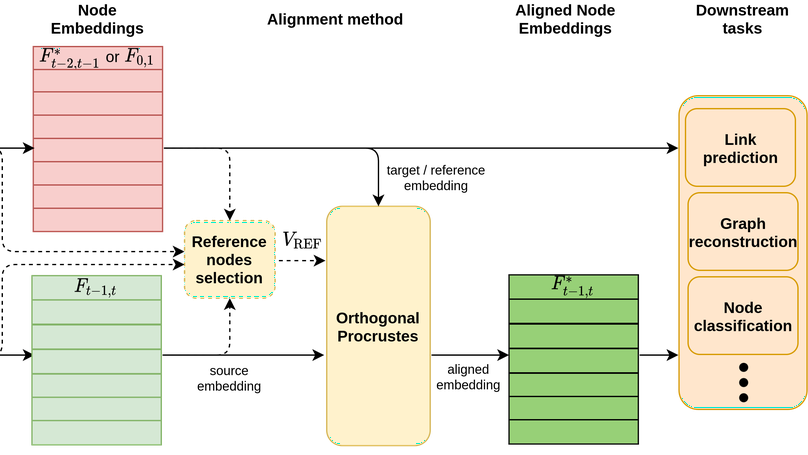
In recent years, dynamic graph embedding has attracted a lot of attention due to its usefulness in real-world scenarios. In this paper, we consider discrete-time dynamic graph representation learning, where embeddings are computed for each time window, and then are aggregated to represent the dynamics of a graph. However, independently computed embeddings in consecutive windows suffer from the stochastic nature of representation learning algorithms and are algebraically incomparable. We underline the need for embedding alignment process and provide nine alignment techniques evaluated on real-world datasets in link prediction and graph reconstruction tasks. Our experiments show that alignment of Node2vec embeddings improves the performance of downstream tasks up to 11 pp compared to the not aligned scenario.
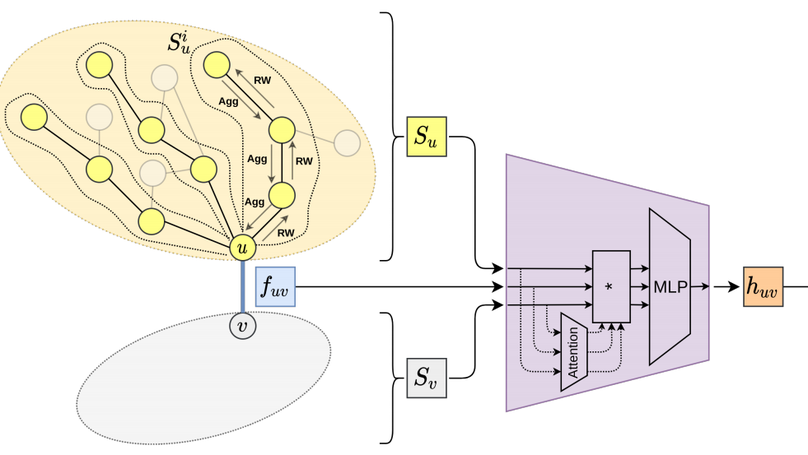
Representation learning has overcome the often arduous and manual featurization of networks through (unsupervised) feature learning as it results in embeddings that can apply to a variety of downstream learning tasks. The focus of representation learning on graphs has focused mainly on shallow (node-centric) or deep (graph-based) learning approaches. While there have been approaches that work on homogeneous and heterogeneous networks with multi-typed nodes and edges, there is a gap in learning edge representations. This paper proposes a novel unsupervised inductive method called AttrE2Vec, which learns a low-dimensional vector representation for edges in attributed networks. It systematically captures the topological proximity, attributes affinity, and feature similarity of edges. Contrary to current advances in edge embedding research, our proposal extends the body of methods providing representations for edges, capturing graph attributes in an inductive and unsupervised manner. Experimental results show that, compared to contemporary approaches, our method builds more powerful edge vector representations, reflected by higher quality measures (AUC, accuracy) in downstream tasks as edge classification and edge clustering. It is also confirmed by analyzing low-dimensional embedding projections.
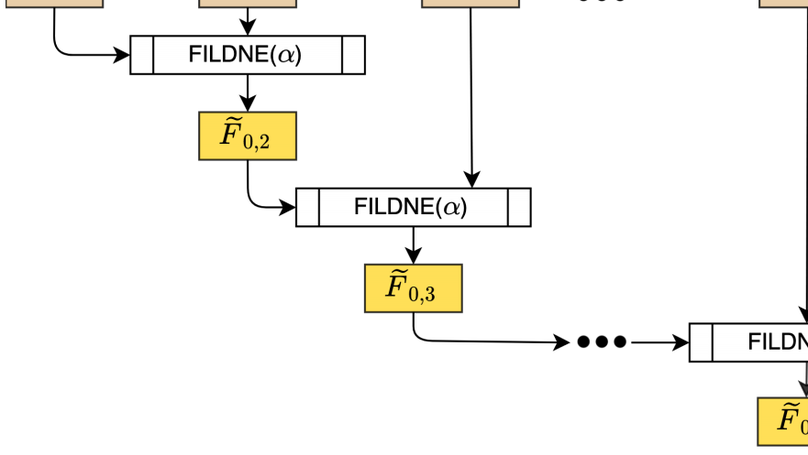
Representation learning on graphs has emerged as a powerful mechanism to automate feature vector generation for downstream machine learning tasks. The advances in representation on graphs have centered on both homogeneous and heterogeneous graphs, where the latter presenting the challenges associated with multi-typed nodes and/or edges. In this paper, we consider the additional challenge of evolving graphs. We ask the question of whether the advances in representation learning for static graphs can be leveraged for dynamic graphs and how? It is important to be able to incorporate those advances to maximize the utility and generalization of methods. To that end, we propose the Framework for Incremental Learning of Dynamic Networks Embedding (FILDNE), which can utilize any existing static representation learning method for learning node embeddings while keeping the computational costs low. FILDNE integrates the feature vectors computed using the standard methods over different timesteps into a single representation by developing a convex combination function and alignment mechanism. Experimental results on several downstream tasks, over seven real-world datasets, show that FILDNE is able to reduce memory (up to 6x) and computational time (up to 50x) costs while providing competitive quality measure gains (e.g., improvements up to 19 pp AUC on link prediction and up to 33 pp mAP on graph reconstruction) with respect to the contemporary methods for representation learning on dynamic graphs.